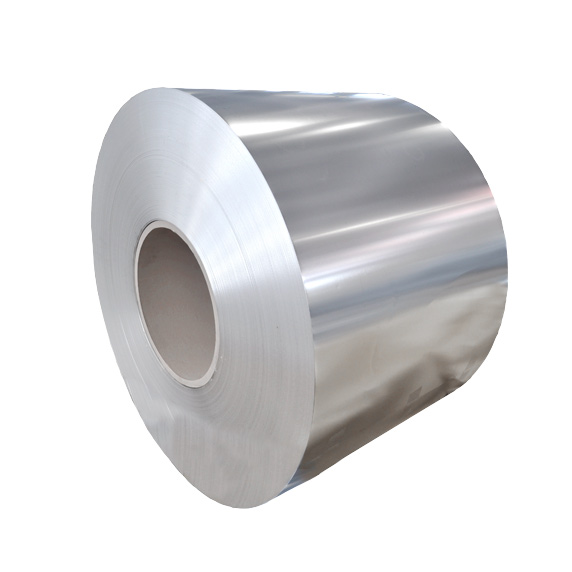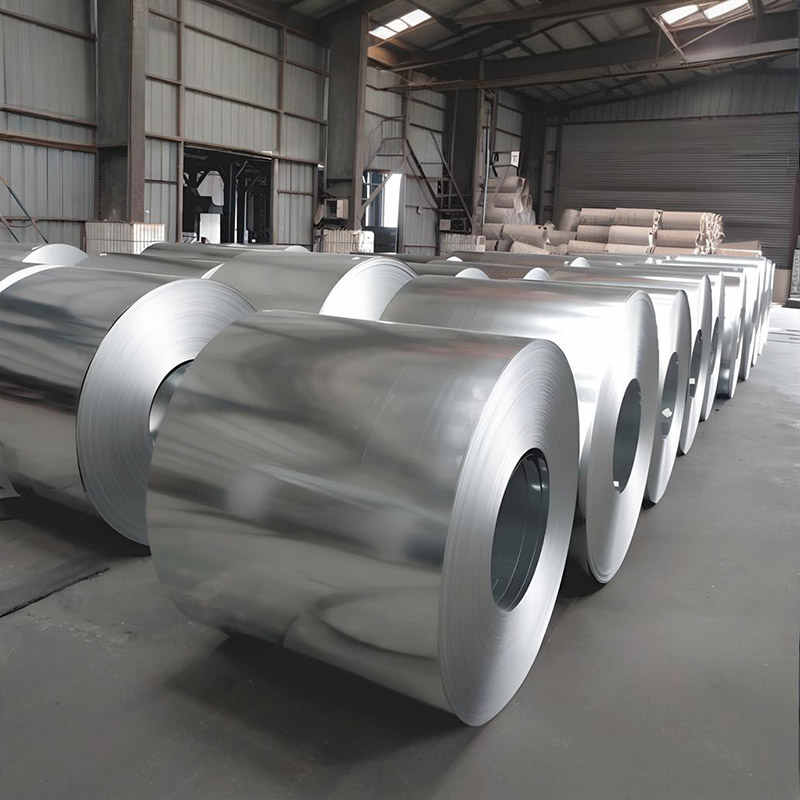What exactly is low-carbon steel, and why has it become a cornerstone material in countless industries? Low-carbon steel, defined by its carbon content typically ranging from 0.05% to 0.30%, represents one of the most versatile and widely used materials in modern manufacturing and construction.
What makes low-carbon steel stand out among other materials? Its exceptional ductility and malleability allow it to be easily formed into various shapes without fracturing, while maintaining adequate strength for numerous applications. Unlike high-carbon counterparts, low-carbon steel offers superior weldability, making it ideal for fabrication processes that require joining multiple components.
Where can we find low-carbon steel in our everyday lives? Its applications span numerous sectors, from construction (building frames, bridges) and automotive manufacturing (body panels, chassis components) to appliances and furniture. The material’s adaptability stems from its balanced mechanical properties, including good tensile strength and formability.
What advantages does low-carbon steel offer compared to alternative materials? Its cost-effectiveness is unmatched, providing excellent value without compromising essential performance characteristics. Additionally, low-carbon steel demonstrates remarkable recyclability, contributing to more sustainable manufacturing practices. The material’s relatively low production energy requirements further enhance its environmental credentials.
From personal experience in the construction industry, I’ve witnessed how low-carbon steel’s reliability translates to real-world durability. A colleague once shared how a low-carbon steel structure outperformed expectations during extreme weather conditions, highlighting the material’s resilience when properly maintained.
What limitations should be considered when working with low-carbon steel? While it offers numerous benefits, its lower carbon content results in reduced hardness and wear resistance compared to higher-carbon steels. However, this trade-off is often acceptable given the material’s other advantages, especially when surface treatments can enhance performance.
How can you maximize the lifespan of low-carbon steel products? Regular inspection, appropriate protective coatings, and prompt attention to any signs of corrosion are essential maintenance practices that ensure long-term performance.
In conclusion, low-carbon steel remains an indispensable material in modern engineering and manufacturing, offering an optimal balance of properties, cost, and sustainability that continues to drive its widespread adoption across diverse industries.



